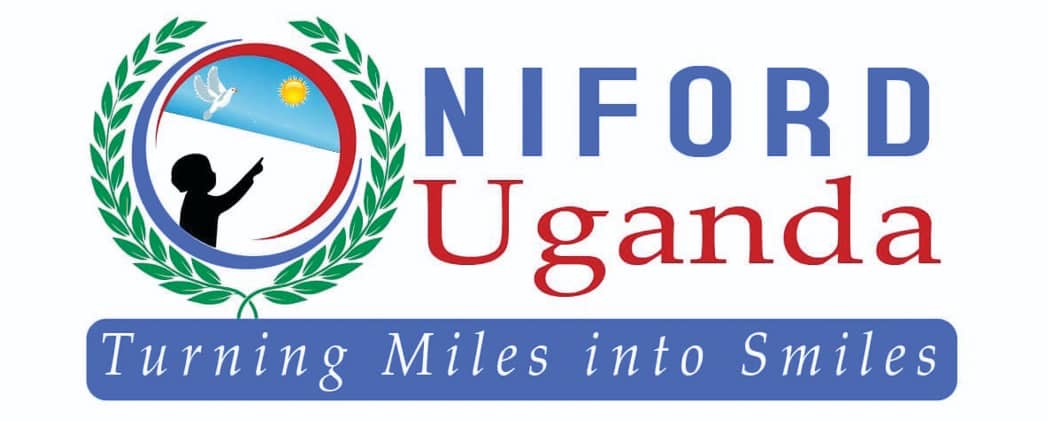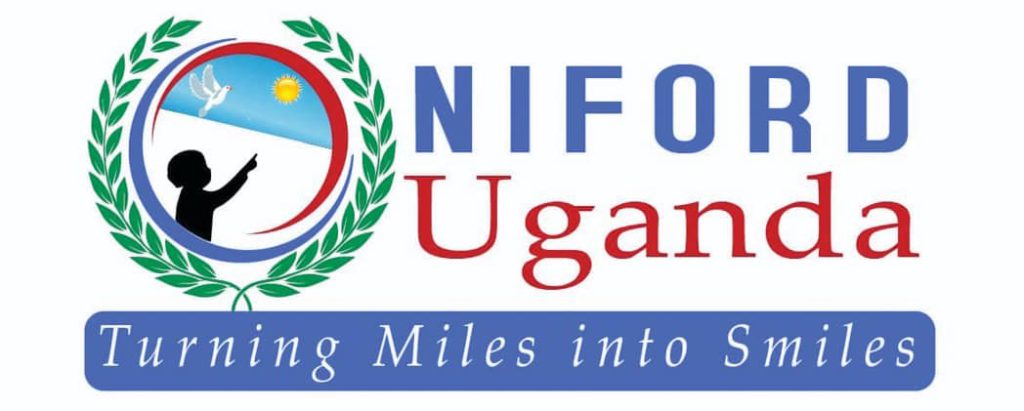Operational stage: Primary School Years
The program ensures that children’s rights are respected, protected, and fulfilled at home, in primary schools, and in the community, thereby ensuring that children, including those with disabilities or otherwise vulnerable, are safe from all forms of neglect and abuse.

How the program works
The program ensures that children’s rights are respected, protected, and fulfilled at home, in primary schools, and in the community, thereby ensuring that children, including those with disabilities or otherwise vulnerable, are safe from all forms of neglect and abuse; that primary school-aged children are protected from preventable disease and have access to affordable quality health-care services, use safe water and effective sanitation at home and at school, and enjoy opportunities for recreation and sports; and that children, girls as well as boys, complete quality primary school at the appropriate age.
The policy of universal primary education (UPE) was adopted by the Government in 1996, in accordance with the rights of children to education. Under UPE, tuition in government primary schools is free and was recently made compulsory. Approximately 90% of children aged six to twelve years are enrolled in primary school, and very nearly half of those enrolled are girls. However, over 50% of students drop out before completing the full seven years, and more girls drop out than boys in the higher grades. Reasons for the high drop-out rate include inability of families to afford expenses, hunger (few schools provide meals), children needed for household work, and, where girls are concerned, pregnancy, early marriage, and inadequate sanitation amenities. Another reason is the poor quality of education delivered by many schools. A recent report by Transparency International found that 81% of Teachers in UPE schools are regularly absent during school hours. Infrastructure, equipment, and teaching materials are often inadequate. There are on average around 70 pupils per classroom. Less than 20% of children with disabilities attend primary school. One reason is continued stigmatisation of disability, but also the failure of schools to provide an educational environment hospitable to children with disabilities. All this despite a substantial allocation of the Government’s budget to primary education (currently around 15%) and strong support of the education sector by development partners and international NGOs.
At home, children suffer the effects of poverty along with other members of their families: insufficient food, deficient diet, low quality housing, inadequate access to safe water, poor sanitation, frequent illness, lack of access to information, and demanding domestic chores. The home environment seldom provides much intellectual stimulation or opportunity for private study.
Children of primary school age are capable of forming and expressing opinions about matters that affect them. At present they get little opportunity to be heard. Cultural barriers still exist, and few formal structures (e.g. student councils, children’s parliaments) have been established.
Program Components
Child Protection
- Children’s rights to protection from neglect and abuse are respected, protected, and fulfilled at home, in school, and in the community
Growing Up Healthy
- Primary school-aged children are protected from preventable disease and have access to affordable quality health-care services
- Primary school-aged children enjoy opportunities for recreation and sports
Basic Education
- Children, girls as well as boys, complete quality primary school or non-formal education at the appropriate age

